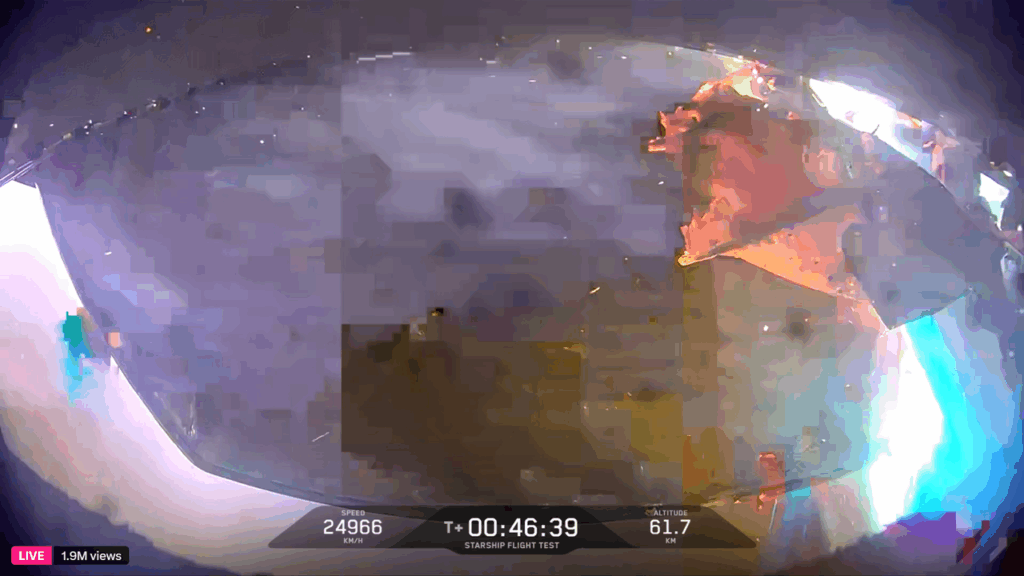
SpaceX has received approval from the Federal Aviation Administration (FAA) to proceed with its upcoming Starship Flight Test 10, following the conclusion of an investigation into prior mission failures. The FAA’s endorsement, announced on August 15, 2025, clears the way for the launch scheduled for August 24, 2025, at 19:30 EDT (23:30 GMT).
The investigation focused on the mishaps that occurred during the earlier Starship Flight 9, which took place on May 27, 2025. This mission resulted in the loss of both the Super Heavy booster and the Ship upper stage shortly after launch from SpaceX’s Starbase facility in South Texas. According to SpaceX, an internal probe, conducted with oversight from the FAA and assistance from the U.S. Space Force, NASA, and the National Transportation Safety Board, identified separate structural issues in each vehicle stage as the primary causes of the failures.
Investigation findings also addressed a subsequent incident on June 18, 2025, when an explosion at Starbase destroyed Ship 36, the upper stage intended for future launches. The explosion occurred during cryogenic fuel loading in preparation for a static fire test. SpaceX attributed this failure to damage in a composite overwrapped pressure vessel (COPV) used for storing nitrogen, which led to a propellant leak.
Flight 9 marked the third Starship launch of 2025, with previous flights in January and March ending in explosions over the Atlantic Ocean. The initial liftoff of Flight 9 was successful, featuring the first reuse of a Super Heavy booster, known as Booster 14. Following a clean separation from the upper stage, Booster 14 aimed for a controlled splashdown in the Gulf of Mexico. Unfortunately, it exploded during descent due to a suspected rupture in an internal propellant line.
As SpaceX prepares for Flight 10, the company is making alterations to enhance future flight safety and performance. These include reducing the angle of attack during booster descents and introducing redesigned grid fins. The new fins will feature three larger aerodynamic control surfaces, which are expected to improve trajectory stability during descent.
After separating from Booster 14, the upper stage, designated Ship 35, encountered issues during its ascent. Sensors detected a developing methane leak in the nosecone, which ultimately destabilized the vehicle’s attitude control and led to the cancellation of planned in-space maneuvers and the deployment of dummy Starlink satellites. Ship 35 reentered Earth’s atmosphere in an uncontrolled manner, resulting in a loss of communication approximately 46 minutes into the flight.
The FAA’s recent statement confirmed that it had accepted the findings of the SpaceX-led investigation and reported no injuries or damages linked to the failures of Flight 9. SpaceX can now advance with operations for Flight 10 under its existing launch license.
Looking ahead, the upcoming Flight 10 and the subsequent Flight 11 will be the final tests for the current design generation of the Starship system. Each mission aims to refine vehicle capabilities as SpaceX strives for fully reusable and reliable rockets. These advancements are critical as the company prepares for its role in NASA’s Artemis 3 moon mission, which aims to place astronauts on the lunar surface for the first time since the final Apollo mission in 1972. NASA targets a launch for Artemis 3 in 2027, making timely progress in Starship development essential.
SpaceX plans to stream the launch of Flight 10 live on its website and social media channels, offering enthusiasts a front-row seat to the next step in its ambitious space exploration goals.







